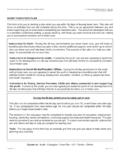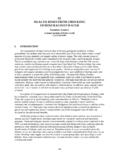Transcription of Notes - pmt.physicsandmathstutor.com
1 AQA Biology GCSE. Topic 5: homeostasis and Response Notes (Content in bold is for higher tier only). homeostasis ( ). homeostasis is the maintenance of a constant internal environment. Mechanisms are in place to keep optimum conditions despite internal and external changes. This is needed for enzyme action and all cell functions. In the human body, homeostasis controls: Blood glucose concentration Body temperature Water levels Nervous and hormonal communication is involved in the automatic control systems, which detect changes and respond to them. All control systems have: Receptors - cells that detect stimuli (changes in the environment).
2 Coordination centres - process the information received from the receptors, brain, spinal cord and pancreas Effectors - bring about responses to bring the conditions in the body back to optimum levels, muscles or glands The Human Nervous System Structure and Function ( ). The nervous system allows us to react to our surroundings, and coordinate actions in response to stimuli. 1. Receptor cells convert a stimulus into an electrical impulse. 2. This electrical impulse travels along cells called sensory neurons to the central nervous system (CNS). 3. Here, the information is processed and the appropriate response is coordinated, resulting in an electrical impulse being sent along motor neurones to effectors.
3 4. The effectors carry out the response (this may be muscles contracting or glands secreting hormones). Automatic responses which take place before you have time to think are called reflexes . They are important as they prevent the individual from getting hurt. This because the information travels down a pathway called a reflex arc , allowing vital responses to take place quickly. This pathway is different from the usual response to stimuli because the impulse does not pass through the conscious areas of your brain. 1. A stimulus is detected by receptors. 2.
4 Impulses are sent along a sensory neuron. 3. In the CNS the impulse passes to a relay neuron . 4. Impulses are sent along a motor neuron. 5. The impulse reaches an effector resulting in the appropriate response. Examples of reflex arcs are: pupils getting smaller to avoid damage from bright lights, moving your hand from a hot surface to prevent damage. Synapses are the gaps between two neurons. When the impulse reaches the end of the first neuron, a chemical is released into the synapse. This chemical diffuses across the synapse. When the chemical reaches the second neuron, it triggers the impulse to begin again in the next neuron.
5 Your reaction time is how long it takes you to respond to a stimulus. It can be measured with the ruler drop test. The Brain (Biology Only) ( ). The brain is made up of many connected neurons and controls complex behaviour. It is a part of the central nervous system, along with the spinal cord. Different regions control different functions. Components of the brain: 1. Cerebral cortex : controls consciousness, intelligence, memory and language; it is the outer part of the brain 2. Cerebellum : controls fine movement of muscles; rounded structure towards the bottom/back of brain 3.
6 Medulla : controls unconscious actions such as breathing and heart rate,; found in the brain stem in front of the cerebellum Investigating brain function and treating brain damage and disease is difficult because: It is complex and delicate It is easily damaged Drugs given to treat diseases cannot always reach the brain because of the membranes that surround it It is not fully understood which part of the brain does what Neuroscientists (those that study the nervous system) can map out the regions of the brain using a number of methods: 1. Studying patients with brain damage Observing the changes in an individual following damage on a certain area of the brain can provide information on the role this area has.
7 2. Electrically stimulating different parts of the brain This can be done by pushing an electrode into the brain. The stimulation may result in a mental or physical change in the individual, providing information on the role this area of the brain has. 3. Using MRI scanning techniques A magnetic resonance imaging scanner can be used to create an image of the brain. This can be used to show which part of the brain is affected by a tumour, or which part is active during a specific task. The Eye ( ). (Biology Only). The eye is a sense organ containing receptors sensitive to light intensity and colour.
8 It has many different structures within it. They are adapted to allow the eye to change its shape in order to focus on near or distant objects (a process called accommodation ), and to dim light. 1. Retina : Layer of light sensitive cells found at the back of the eye. When light hits this, the cells are stimulated. Impulses are sent to the brain, which interprets the information to create an image. 2. Optic nerve : A nerve that leaves the eye and leads to the brain. It carries the impulses from the retina to the brain to create an image. 3. Sclera : White outer layer which supports the structures inside the eye.
9 It is strong to prevent some damage to the eye. 4. Cornea : The see-through layer at the front of the eye. It allows light through and the curved surface bends and focuses light onto the retina. 5. Iris : Muscles that surround the pupil They contract or relax to alter the size of the pupil. In bright light, the circular muscles contract and radial muscles relax to make the pupil smaller- avoiding damage to the retina. In dim light, the circular muscles relax and the radial muscles contract to make the pupil larger- so more light can enter to create a better image.
10 6. Ciliary muscles and suspensory ligaments : Hold the lens in place They control its shape. The process of accommodation: To focus on a near object: The ciliary muscles contract The suspensory ligaments loosen The lens is then thicker and more curved- this refracts the light more To focus on a distant object The ciliary muscles relax The suspensory ligaments tighten The lens then becomes thinner- light is refracted less Eye defects occur when light cannot focus on the retina. 1. Short sightedness is called myopia . The lens is too curved, so distant objects appear blurry.
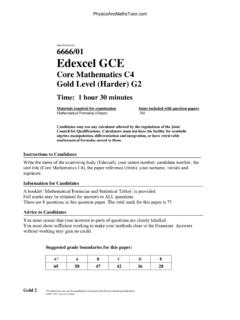
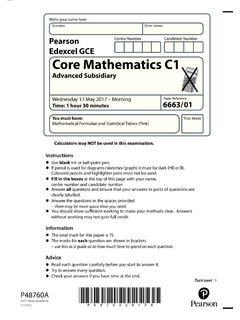
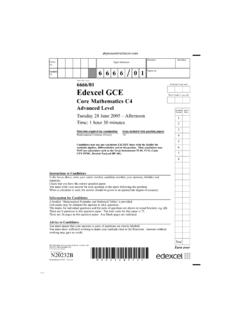
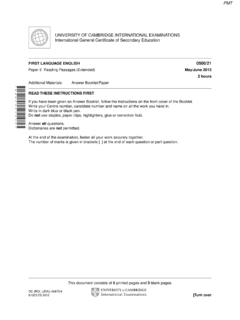
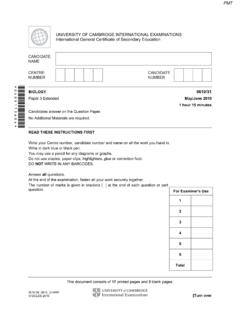
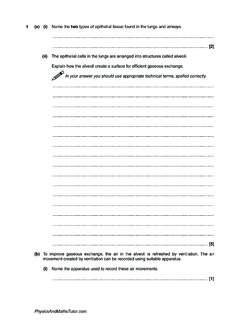
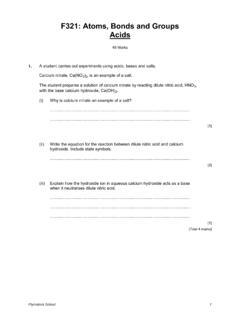
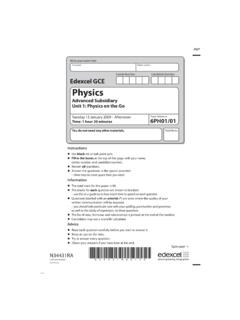

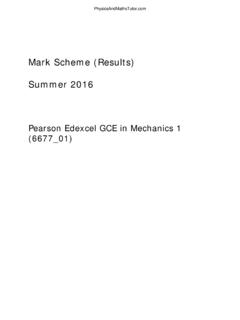

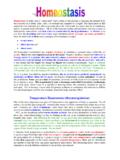
![[1] J - pmt.physicsandmathstutor.com](/cache/preview/8/5/a/e/c/d/c/8/thumb-85aecdc84ea0d1716e550dbd76084726.jpg)
